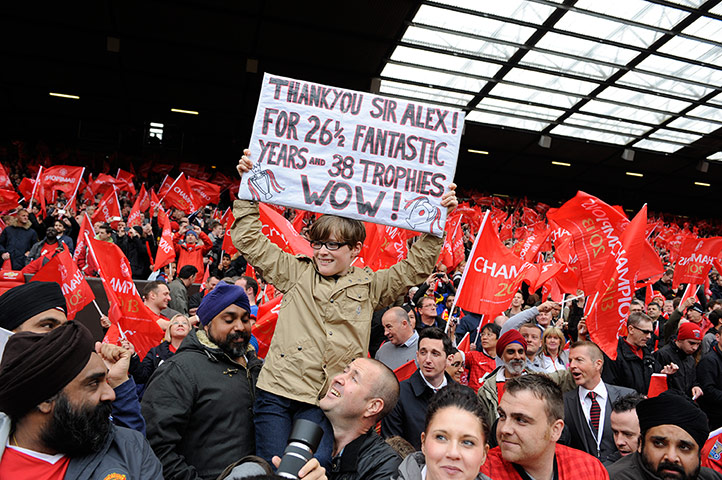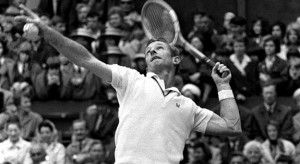“My mother came to watch the matches of Campo Testaccio in Rome when she was pregnant with me. And to those who asked if he feared to give birth in the stands answered, maybe.” Adriano Verdolini teaches sociology at the University La Sapienza and now is one of the few Romans to be able to describe, also thanks to the stories of parents, who were breathed atmosphere in Campo Testaccio.


This is one of many Italian shame, it’s not the only one because many other cities have examples of this type. But all this takes place in Rome, in a historical district of the city devoid of green spaces and sports facilities. And then is the first stadium where the Roma football team played till the end of the ’30s. In fact, the structure was designed by engineer Silvio Senses, Franco’s father (Chairman of the Roma’s third title), modeled on the English stadiums (especially on the Everton). He had four stands of wood painted with team colors (yellow gold and Pompeian red), which had a capacity of 20,000 spectators and a grass field whose dimensions could be adjusted according to the team’s needs. Testaccio also included the home of the coach, a building on the outside wall which was painted the team colors
Campo Testaccio is a very important piece of history, and not only for the Roma fans. You have to imagine a district formed at the beginning of the 900 when it was built a football stadium where everyone did the crowd to watch Rome and those who do not have the money to pay the ticket watched the match from Monte dei Cocci from which enjoyed an excellent view of the field. In more recent years in this field played the children of the Football School Testaccio but since 2009 this field is abandoned and is a place of rubble due to poor interaction between private and public administration. In fact, the City of Rome had given him permission to build parking lots under the field with a promise to return in a few months at the School Football field, but this has not happened. Now it has formed a committee, # RivoglioCampoTestaccio, to give this green space and sports in the area, because the bureaucracy and legal loopholes cannot continue to block a good of all, because it is no longer enough to be angry and to wait but you have to act on situations that can improve the life of a neighborhood.









